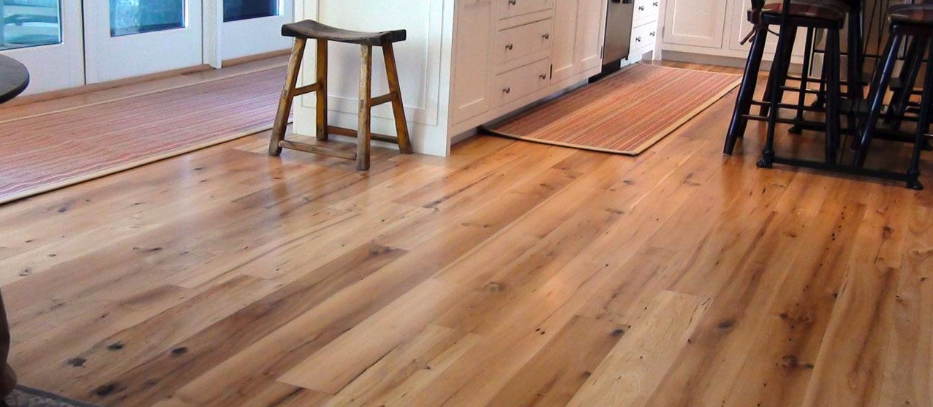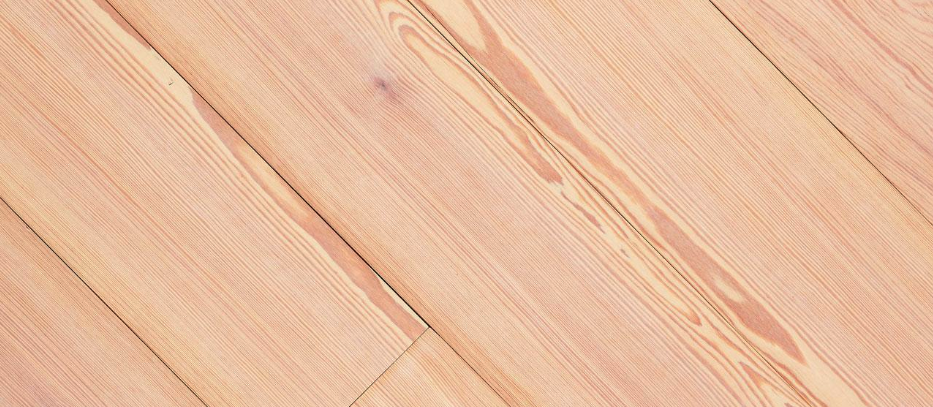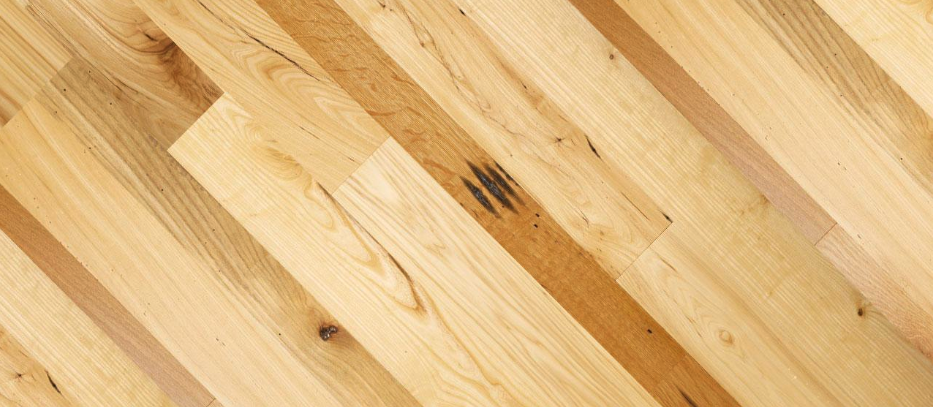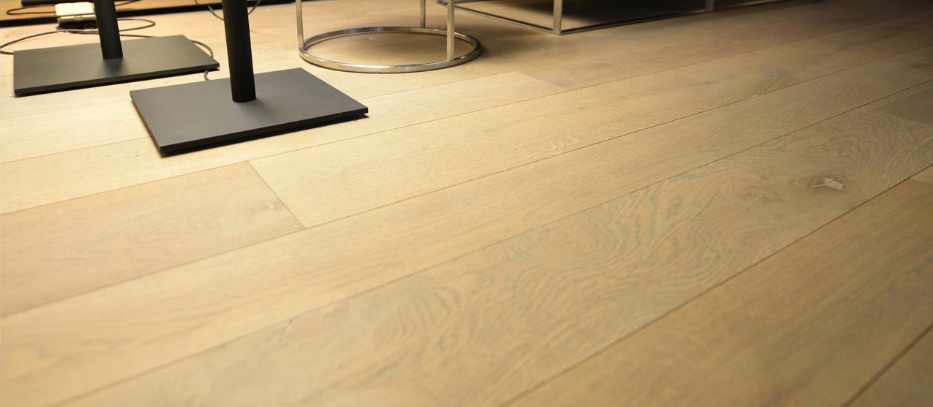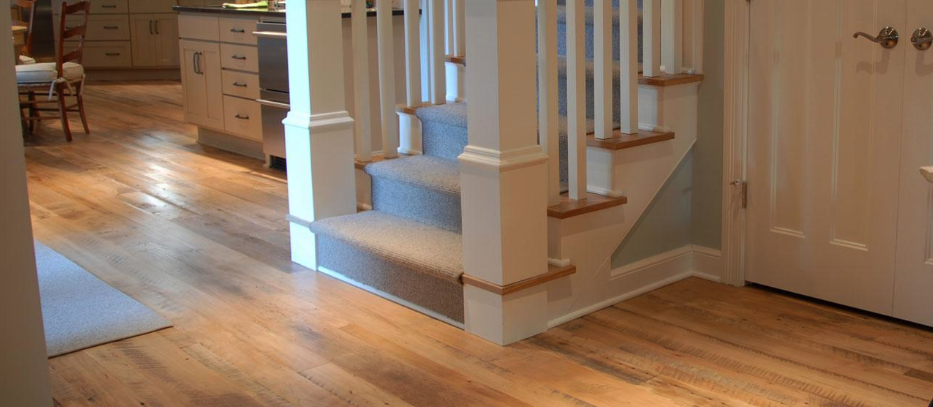Hardwood flooring is one of the most popular materials for homes and businesses. Filled with character and interest, a hardwood floor is the ideal flooring type to bring warmth and natural wood into a home of business. Solid wood floors also have more durability than some other flooring types, such as laminate or engineered wood flooring. Wood types like hickory and oak are known for their durability, and white oak is even somewhat water-resistant. Another benefit is that wood flooring can be refinished over the years to maintain the quality of the floor. Many homeowners also associate hardwood flooring with positive things such as luxury, nature, and coziness.
Ready to Discover More?
Your next project is just around the corner. Browse our product galleries for more inspiration.
There are many types of wood flooring options that come in a range of different species and color palettes. You can have light wood flooring that has been sanded smooth and left in its natural color, a solid wood floor that’s been allowed to patina, or a dark wood floor that’s been given a stain to enhance its color.
Hardwood floors are commonly given a stain and homeowners may assume that a wood floor will be dark or moderately dark in color. But many hardwood floors are naturally light in color or have been finished with a light or white colored stain. Light wood flooring has a versatile appearance that fits in well with many decors and styles. A light wood floor can really brighten a space, as well, giving it a fresh new look to the interior design.
Why Use a Light Wood Floor
Light wood floors are slightly less common than dark hardwood floors, but they aren’t any less attractive. In fact, light hardwood flooring has a lot of benefits for the home, in addition to being a beautiful addition to the room.
Flooring extends throughout a room, so the color and texture have a big impact on the way the space is perceived. A light-colored, wide plank floor gives a fresher, more contemporary appearance to any space, whether it’s a dining room or a living room.
Light colors also help to brighten and lighten rooms, especially when used underfoot. Light-colored floors are ideal for dark rooms, rooms that don’t see a lot of natural light, and small spaces.
Many light hardwood floors tend to have a cool undertone to their color. Cool colors and tones tend to recede from the eye visually when you look at them. This makes spaces appear larger and airier than they really are. Putting light hardwood flooring in a small or cramped area will make it seem much more open and larger than it really is.
Wood Species to Consider for Light Floors
While any floor can be sanded down and given a clear stain or a light colored glaze, not every wood species will necessarily work. Some woods are naturally dark, while others, like red oak will have a pink or red undertone that doesn’t necessarily blend well with light finishes. Other floors may have a pronounced grain that can’t be lightened.
When looking for a light hardwood floor, your first stop should be at white oak. Whether it’s American or European, this solid hardwood has a cool undertone to it that allows it to take on light finishes beautifully. White oak flooring can be installed with a subtle white finish and grey or light brown undertones that blend in well with a variety of home decor styles.
If you like a light-colored floor, but you want more warmth to it, consider ash wood. When given a clear finish, ash has a light, but very warm color. It naturally has very light, pale areas and areas with a little more depth to them as well, particularly at the grain. Ash can brighten and warm up a space at the same time. This is ideal for transitional spaces that can use a light-colored plank flooring, but where a white or grey overlay may be too cool or too contemporary.
It’s also possible to get a blend of different wood species that have an overall light color for the floor, but with more depth and variation. Antique wood blends such as Prairie Harvest are overall light in color, but include a mix of different antique woods pulled from different sources. So, you’ll see some darker colors, a little patina, and a mixing of tone. This gives you a light-colored floor with all the same benefits, but a more rustic look with more character.
This floor would be particularly beneficial to rustic-modern designs where a blend of contemporary and rustic characteristics is essential to the style. Using a light colored but rustic floor would allow you to easily bridge that gap.
Using a Light Wood Floor
The key to using a light hardwood floor is much the same as using any solid hardwood floor; it’s important to create tonal variations when introducing other colors or woods into the design. For example, if the wood has a darker grain, you could pick up this darker color when introducing other woods into the room. This adds depth, without taking away from the light color of the floor.
Otherwise, consider the kind of statement you want to make. Keeping the tone of the floor in line with the tone of other finishes in the room produces the most subtle effect. However, if you have a cool-toned light floor, you could also produce a very dramatic look by opting for some warm finishes in the space for contrast.
Brighten Up Your Space with a Light Wood Floor
Light wood floors are a beautiful addition to many spaces. They create a look that’s very different from more traditional wood floors, but are just as beautiful and full of character and appeal. Consider updating your interiors with a light wood floor to gain these benefits for your space. Elmwood Reclaimed Timber has a variety of wood flooring options to choose from, including reclaimed and new lumber sources. Contact us today and we’ll help find a customized, light wood flooring style for your home or business.

